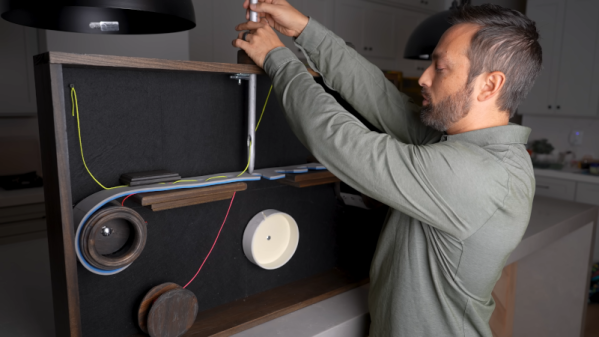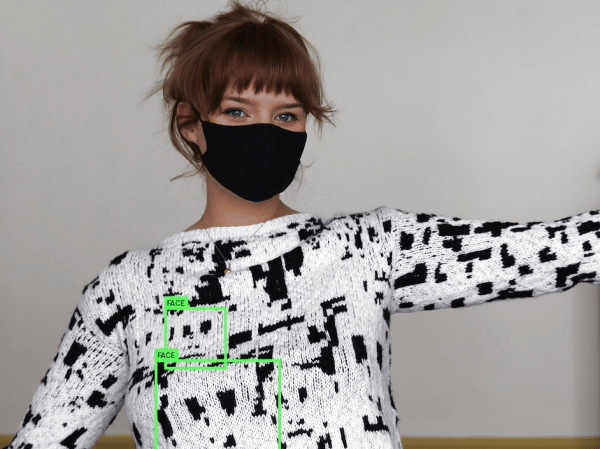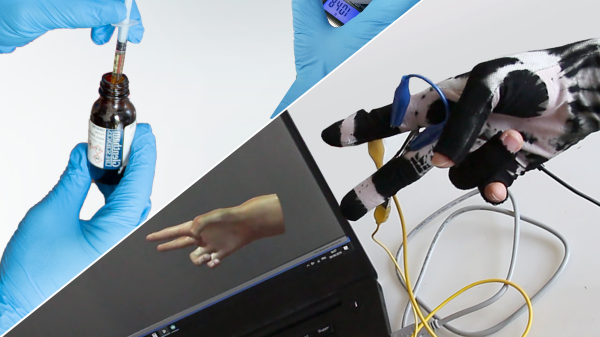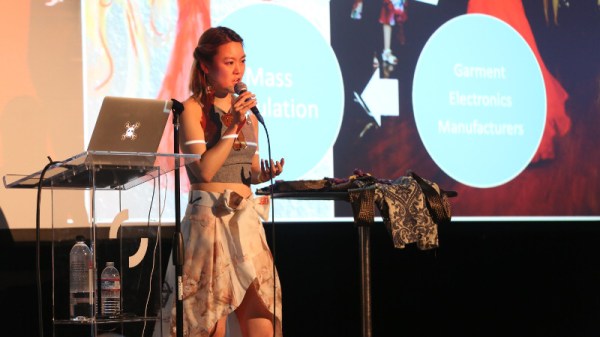We vaguely remember what we believe was a DuPont commercial in the late ’80s or early ’90s touting that one day, they would make clothing that could cool you. And sure, there is clothing that allows heat to escape — fishnet shirts come to mind most immediately — but a group of scientists at Australia’s RMIT University have applied a coating of nanodiamonds to cotton in order to make fabric that goes a step further, drawing heat away from the body.
 While you may be picturing blinged-out blouses, the truth is that nanodiamonds are cheap and non-glittery. They bear the same carbon-lattice structure as regular diamonds, which gives them great thermal conductivity.
While you may be picturing blinged-out blouses, the truth is that nanodiamonds are cheap and non-glittery. They bear the same carbon-lattice structure as regular diamonds, which gives them great thermal conductivity.
In order to create cooling fabric, the scientists combined nanodiamond powder with polyurethane and a solvent, and applied the solution to one side of a sheet of cotton via electrospinning. This technique uses electric force to spin charged threads up into the diameters of fiber. The other side was left uncoated so that it doesn’t draw in heat.
Studies showed that the treated samples released 2 to 3 ºC (3.6 to 5.4 ºF) more heat via the coated side throughout the cooling period. While a couple of degrees may not seem like much, it could mean the difference between using a fan or using an air conditioner to cool off further.
Another application could be to keep buildings from overheating. We’ve seen developments in that area, usually in the form of ultra-white paint.

















